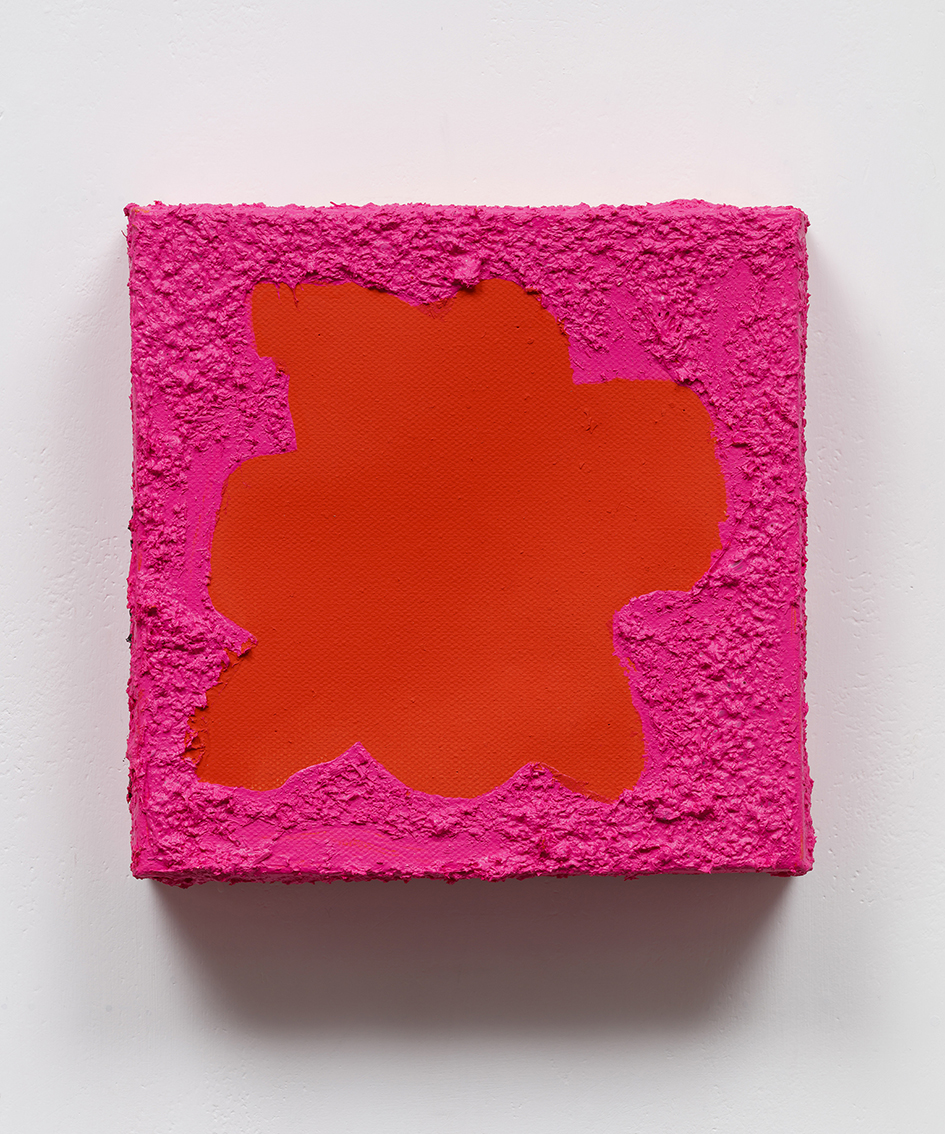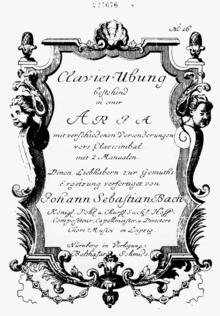|
●★ J.S. Bach : Goldberg 30 Variations BWV 988 ★●
Aria intro. 30 Variations Aria Dacapo
A n g e l a H e w i t t
● ANGELA HEWITT - Canadian Classical Pianist ●
■ Angela Hewitt(Canadian Pianist) ■
● Angela Hewitt, OC OBE (born July 26, 1958) is a British/Canadian
classical pianist. Angela Hewitt began her piano studies at the age of three . She also studied
violin with Walter
Prystawski, recorder with Wolfgang Grunsky,
and ballet with
Nesta Toumine in Ottawa. Her first full-length
recital was in The Royal
Conservatory of Music in Toronto at the age of nine where
she studied from 1964 to 1973 with Earle Moss and Myrtle Guerrero. She then went
on to be the student of French pianist, Jean-Paul Sevilla at
the University of
Ottawa. Angela Hewitt has performed around the world in recital and as soloist with
orchestra. She is most well known for her cycle of Bach recordings which she
began in 1994 and finished in 2005—covering all the major keyboard works of J.S.
Bach. Her discography also includes works by Couperin, Rameau, Messiaen,
Chabrier, Ravel, Schumann, Beethoven and Chopin. In 2010 she recorded her first
disc of Mozart concertos with the Orchestra da
Camera di Mantova which was released in 2011. Angela Hewitt’s entire 2007-2008 season was devoted to performances of the
complete Bach Well-Tempered
Clavier in major cities all over the world. In July 2005, Angela Hewitt launched her own Trasimeno Music Festival in the
heart of Umbria
near Perugia. After living in Paris from 1978 to 1985, Angela Hewitt has made London her main
residence. She also has homes in Ottawa and Umbria, Italy. In 2000, she was made an
Officer of the Order of Canada (OC).[1] She was created an Officer
of the Order of the
British Empire (OBE) on June 17, 2006. Angela Hewitt was named Gramophone
Artist of the Year in 2006, received the MIDEM Classical Award for
Instrumentalist of the Year in 2010, and awarded the first ever BBC Radio 3
Listener’s Award (Royal Philharmonic Society Awards) in 2003. She is also a
fellow of the Royal Society of Canada, and has honorary degrees from the
University of Ottawa, the University of Toronto, Queen's University (Kingston),
the Open University (London), Mount Saint Vincent University (Halifax), and the
University of Saskatchewan. The Goldberg Variations, BWV 988, is a work for harpsichord by Johann Sebastian Bach, consisting of an aria and a set of 30 variations. First published in 1741, the work is considered to be one of the most important examples of variation form. The Variations are named after Johann Gottlieb Goldberg, who may have been the first performer. ● CompositionThe tale of how the variations came to be composed comes from an early biography of Bach by Johann Nikolaus Forkel:[1]
Forkel wrote his biography in 1802, more than 60 years after the events related, and its accuracy has been questioned. The lack of dedication on the title page of the "Aria with Diverse Variations" also makes the tale of the commission unlikely. Goldberg's age at the time of publication (14 years) has also been cited as grounds for doubting Forkel's tale, although it must be said that he was known to be an accomplished keyboardist and sight-reader. In a recent book-length study,[2] keyboardist and Bach scholar Peter Williams contends that the Forkel story is entirely spurious. The aria on which the variations are based was suggested by Arnold Schering not to have been written by Bach. More recent scholarly literature (such as the edition by Christoph Wolff) suggests that there is no basis for such doubts.
● PublicationRather unusually for Bach's works,[3] the Goldberg Variations were published in his own lifetime, in 1741. The publisher was Bach's friend Balthasar Schmid of Nuremberg. Schmid printed the work by making engraved copper plates (rather than using movable type); thus the notes of the first edition are in Schmid's own handwriting. The edition contains various printing errors.[4] The title page, shown in the figure above, reads in German:
The term "Clavier Ubung" (nowadays spelled "Klavierübung") had been assigned by Bach to some of his previous
■ From W I K I P E D I A ■ | |||
'Lecture Concert' 카테고리의 다른 글
| 바흐 - 영국모음곡 (0) | 2015.07.08 |
|---|---|
| 폴리니와 쇼팽 (0) | 2015.07.08 |
| 글렌굴드 - 모차르트 (0) | 2015.07.07 |
| 하이든 현악4중주 33번-2「 JOKE」 (0) | 2015.07.07 |
| Lisa della Casa <Soprano> (0) | 2015.07.06 |


